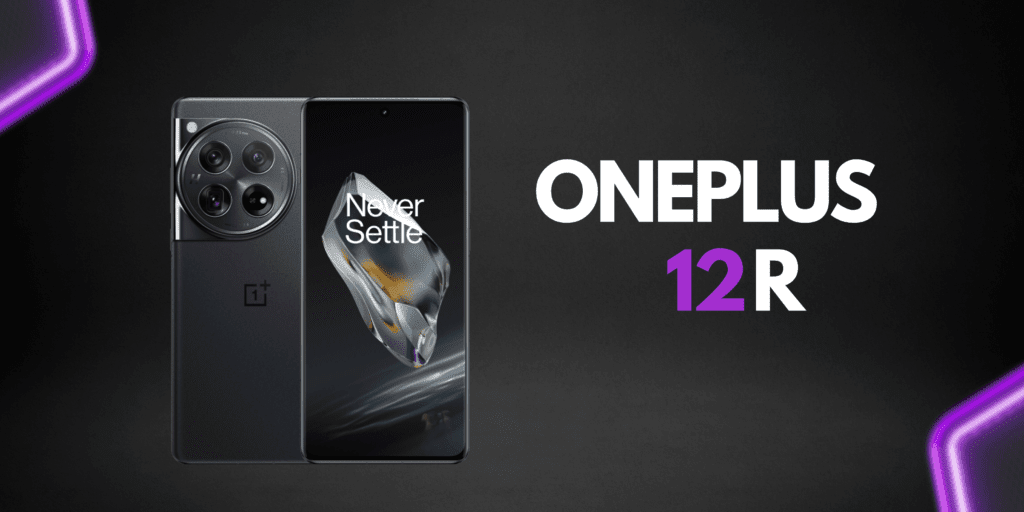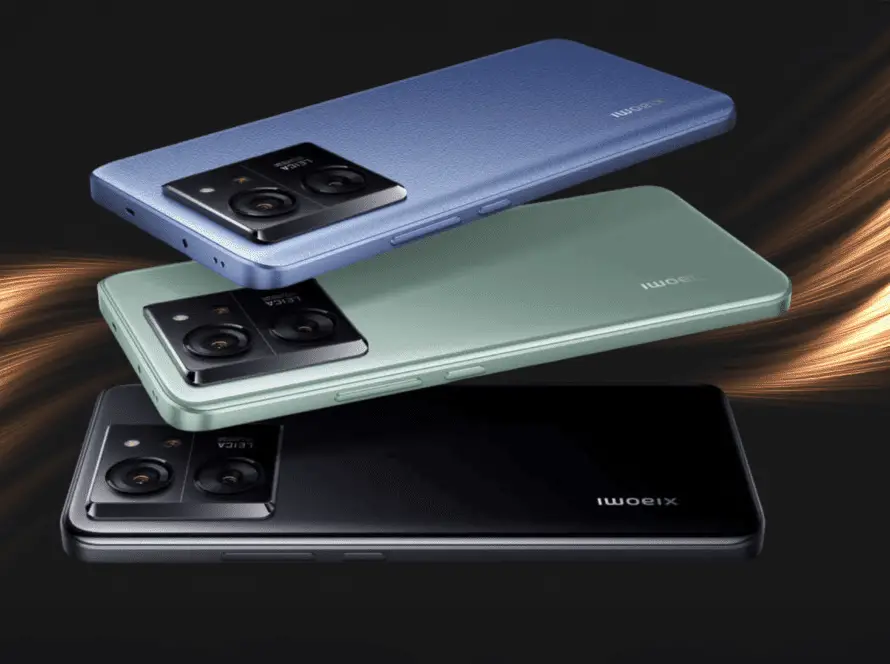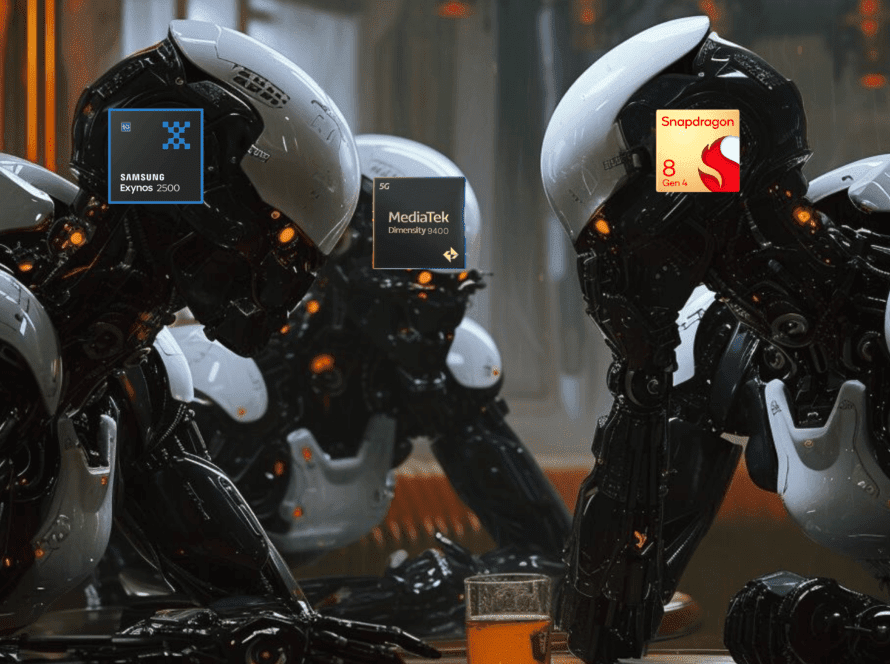Two giants have consistently made waves with their innovative and high-performance devices Samsung and OnePlus. The release of Samsung’s Galaxy S24 and OnePlus’s 12 has been a topic of much anticipation and debate among tech enthusiasts.
These models represent the latest in cutting-edge technology and embody the unique philosophies and strengths of their respective brands. The Samsung Galaxy S24 continues the legacy of its predecessors, known for its exceptional displays and camera technology.
With a commitment to providing a premium user experience, Samsung focuses on refining and enhancing features that have already won accolades, such as their dynamic AMOLED display and a camera system that promises even better performance.
On the other hand, OnePlus 12 emerges as a formidable contender, upholding OnePlus’s reputation for offering high-end specifications at competitive prices.
OnePlus has always been lauded for its commitment to speed and efficiency, and with the 12, it seeks to push the boundaries further with significant upgrades in performance and charging technology.
This comparison article delves deep into these two flagship smartphones, dissecting everything from design and display to performance, camera capabilities, battery life, and software updates.
We aim to provide a detailed and unbiased analysis of how the Samsung Galaxy S24 and OnePlus 12 stack up against each other, helping consumers make an informed decision in their pursuit of the perfect smartphone.
Design and Build Quality
Regarding design and build quality, the Samsung Galaxy S24 and OnePlus 12 each present unique brand identities. The GalaxS24 adheres to Samsung’s legacy of sleek, sophisticated design.
It boasts a slim and lightweight structure, measuring 5.79 x 2.78 x 0.30 inches and weighing just 5.93 oz. This model incorporates Gorilla Glass Victus 2 and an aluminium frame, reinforcing durability and a luxurious feel.
It’s available in a diverse palette of colours, including Onyx Black, Marble Grey, Cobalt Violet, and others, catering to various user preferences. Additionally, the Galaxy S24 offers robust IP68 water and dust resistance, enhancing its practicality for everyday use.
Contrastingly, the OnePlus 12 opts for a bolder, more assertive aesthetic. It’s notably larger and heftier, with dimensions of 6.47 x 2.98 x 0.36 inches and a weight of 7.76 oz.
Using glass and aluminium in its construction imparts a sense of premium quality. While it doesn’t feature Gorilla Glass Victus 2, it still maintains a high standard of build quality.
The colour options are more limited yet elegant, offering choices like Green, Black, and White. The OnePlus 12, with an IP65 rating, slightly trails behind the Galaxy S24 in water resistance but still provides ample protection against environmental elements.

Display Characteristics
The both feature remarkable displays, each tailored to enhance user experience with unique technological advancements.
The Galaxy S24 boasts a 6.8-inch Dynamic AMOLED display, a signature of Samsung’s high-end devices. This screen is celebrated for its exceptional contrast, vivid colours, and stunning visual quality.
The display resolution is 3080 x 1440 pixels, translating to a crisp and detailed viewing experience with approximately 500 pixels per inch. Adding to its robustness, the screen is shielded by Gorilla Glass Victus 2, providing resilience against everyday wear and tear.
The OnePlus 12 introduces an exceptionally bright display, capable of reaching an impressive peak brightness of around 2,600 nits. This level of intelligence ensures superb legibility in bright outdoor conditions and enhances the quality of HDR content.
While specific details about its resolution and screen size should be mentioned in the provided sources, emphasizing its peak brightness sets a new standard for display technology, particularly in challenging lighting environments.
Both devices include features like in-display fingerprint scanners and face unlock capabilities, marrying security with convenience.
This contrast in display characteristics – with the Galaxy S24 focusing on vibrant colours and high resolution and the OnePlus 12 prioritizing exceptional brightness – highlights Samsung’s and OnePlus’ unique approaches to enhancing the user’s visual experience.
Performance and Hardware
Both devices offer impressive performance and hardware capabilities powered by the latest technological advancements. The Qualcomm Snapdragon 8 Gen 3 SM8650-AB processor is central to their performance, a state-of-the-art chipset built on a 4nm process shared by both models.
This processor ensures both devices deliver high-end performance, efficiently handling various tasks from daily use to intensive gaming and multitasking.
The S24 begins with 8GB, offering options up to 12GB, catering to various user needs from basic to more demanding applications. On the other hand, the OnePlus 12 takes a leap with RAM options starting at 12GB and extending up to an impressive 24GB.
This higher RAM capacity in the OnePlus 12 is advantageous for users who multitask or use memory-intensive applications. Regarding internal storage, the Galaxy S24 provides a range of options from 128GB to 1TB, ensuring ample space for all users.
The OnePlus 12 offers similar storage capacities but distinguishes itself with the faster UFS 4.0 storage in its 256GB and higher variants, leading to quicker data transfer and smoother performance.
Both devices run on Android 14, ensuring they have the latest software capabilities. These two choices largely depend on the user’s performance requirements and storage needs. With the Galaxy S24, users get a balance of efficiency and variety in storage options, while the OnePlus 12 appeals more to power users who demand higher RAM and faster storage.
Cameras of Galaxy S24 And OnePlus 12
The camera systems of the both devices are pivotal in distinguishing these smartphones in the market. The Galaxy S24 introduces a notable change in its camera setup, particularly with its telephoto lens.
It has shifted from a 10X to a more usable 5X telephoto lens, focusing on practicality. The primary camera is a significant leap forward, featuring a 200MP sensor designed for superior light capture, which is especially beneficial in low-light conditions.
This is complemented by AI enhancements in image processing. Alongside, it maintains a 12MP ultra-wide and introduces a 10MP portrait telephoto camera with 3X optical zoom. The periscope camera, now at 50MP, offers a reduced optical zoom but promises better-quality shots even with this limitation.
The OnePlus 12 sports a triple-camera system with a new 50MP primary sensor known for excellent light absorption, which should improve performance across various lighting scenarios. This is accompanied by a 48MP ultra-wide camera and a 64MP periscopic telephoto camera, which balances wide-angle and zoom photography.
OnePlus has partnered with Hasselblad for colour tuning, aiming to provide a unique visual appeal to its images. AI technologies are expected to enhance the camera’s capabilities, particularly in long-range photography.
Galaxy S24 aims to offer a camera system that enhances usability and excels in low-light environments. At the same time, the OnePlus 12 presents a versatile and innovative camera setup, focusing on zoom capabilities and distinctive colour rendition. The preference between these devices would largely depend on individual photography styles and requirements.
Battery Life and Charging
The battery life and charging capabilities of the both devices are critical aspects that significantly impact user experience. The OnePlus 12 takes the lead in this category with a larger 5,400mAh battery than the Galaxy S24’s 4,000mAh.
This larger capacity in the OnePlus 12 suggests a longer battery life, accommodating more intensive use.
Regarding charging, the OnePlus 12 again stands out with its superior charging technology. It supports up to 100W wired charging, which can fully charge the device in under half an hour.
This is a significant advantage for users who need quick top-ups during the day. The OnePlus 12 also offers 50W wireless charging, an improvement over its predecessor and a feature that adds to its convenience.
It’s important to note that in some regions, like the U.S., the wired charging speed is limited to 80W due to power supply standards.
The Galaxy S24’s charging capabilities are more modest, with 25W wired and 15W wireless charging support. While these speeds are adequate for most users, they do not match the rapid charging technology of the OnePlus 12.
Despite this, the Galaxy S24’s charging options, including support for reverse wireless charging, provide a versatile and user-friendly experience.
The OnePlus 12 has an edge in battery capacity and charging speed, making it a more appealing choice for users who prioritize long battery life and quick charging. The Galaxy S24, while less impressive in this regard, still offers a reliable and practical solution for everyday charging needs.

Software and Updates
The software and update policies for both devices highlight their commitment to providing users with a secure and up-to-date experience, albeit with differing durations of support.
The Galaxy S24 runs on Samsung’s One UI 6.1, based on Android 14, known for its sleek, user-friendly interface. A significant advantage for Galaxy S24 users is Samsung’s extended software support commitment, offering seven years of Android version and security updates.
This level of support is among the longest in the smartphone market, ensuring that the device stays current with the latest features and security protocols for an extended period. On the other hand, the OnePlus 12 is equipped with OxygenOS 14, which is also based on Android 14.
OxygenOS is well-regarded for its clean, efficient, and almost stock Android experience, with the added benefit of enhanced customization options. OnePlus promises four years of Android and five years of security updates for the OnePlus 12.
While this is shorter than Samsung’s offering, it is still a substantial commitment, ensuring that the device remains up-to-date and secure for a considerable time.
Both companies are strongly dedicated to keeping their devices relevant and secure over time. The choice between these two would depend on the user’s preference for the interface design and their importance on the duration of software support.
Additional Features
Both devices have additional features that enhance their overall user experience, each focusing on different aspects to appeal to their target audiences. The Galaxy S24, continuing Samsung’s tradition, likely offers robust features, including high-quality audio capabilities and advanced haptic feedback.
Samsung devices are known for their exceptional audio and haptic experiences, often ranking among the best in the smartphone market. Additionally, the Galaxy S24’s water and dust resistance (IP68) and its wireless screen-sharing capabilities add to its practicality and convenience for everyday use.
On the other hand, the OnePlus 12 also focuses on improving “invisible” features that significantly impact user experience, such as audio quality and haptic feedback.
OnePlus has a reputation for paying attention to the finer details that enhance the user’s interaction with the device, which is evident in the OnePlus 12.
The device offers advanced features, including a higher water resistance rating (IP65) compared to its predecessor and support for modern connectivity options like Bluetooth 5.4 and Wi-Fi 6E. Both devices offer a suite of features that, while only sometimes making headlines, play a crucial role in defining the overall user experience.
These features, ranging from audio quality to connectivity options, make each device unique and tailored to meet the specific needs of their respective user bases.
Final Thoughts
The Samsung Galaxy S24 stands out with its elegant design, dynamic AMOLED display renowned for high contrast and colour vibrancy, and user-friendly interface with One UI 6.1 based on Android 14. Its camera system, featuring a new 200MP sensor, is tailored for improved usability and low-light performance.
Samsung’s promise of seven years of Android version and security updates is a significant advantage for users looking for long-term software support.
The OnePlus 12 excels in performance and charging technology. With a larger 5,400mAh battery and support for up to 100W wired charging, it caters to users who prioritize battery life and fast charging.
The OnePlus 12 also impresses with its high RAM capacity and the new 50MP primary camera sensor, offering a versatile camera setup and Hasselblad colour tuning for a distinctive photographic experience. OxygenOS 14 provides a clean, efficient user interface with slightly shorter software support than Samsung.
Both devices will depend on individual preferences. If you prioritize a sophisticated design, high-quality display, and extended software support, the Galaxy S24 is an excellent choice.
If battery life, fast charging, and high-performance hardware are your main concerns, the OnePlus 12 would be more suitable. Both phones offer compelling features, making them strong contenders in their respective market segments.


